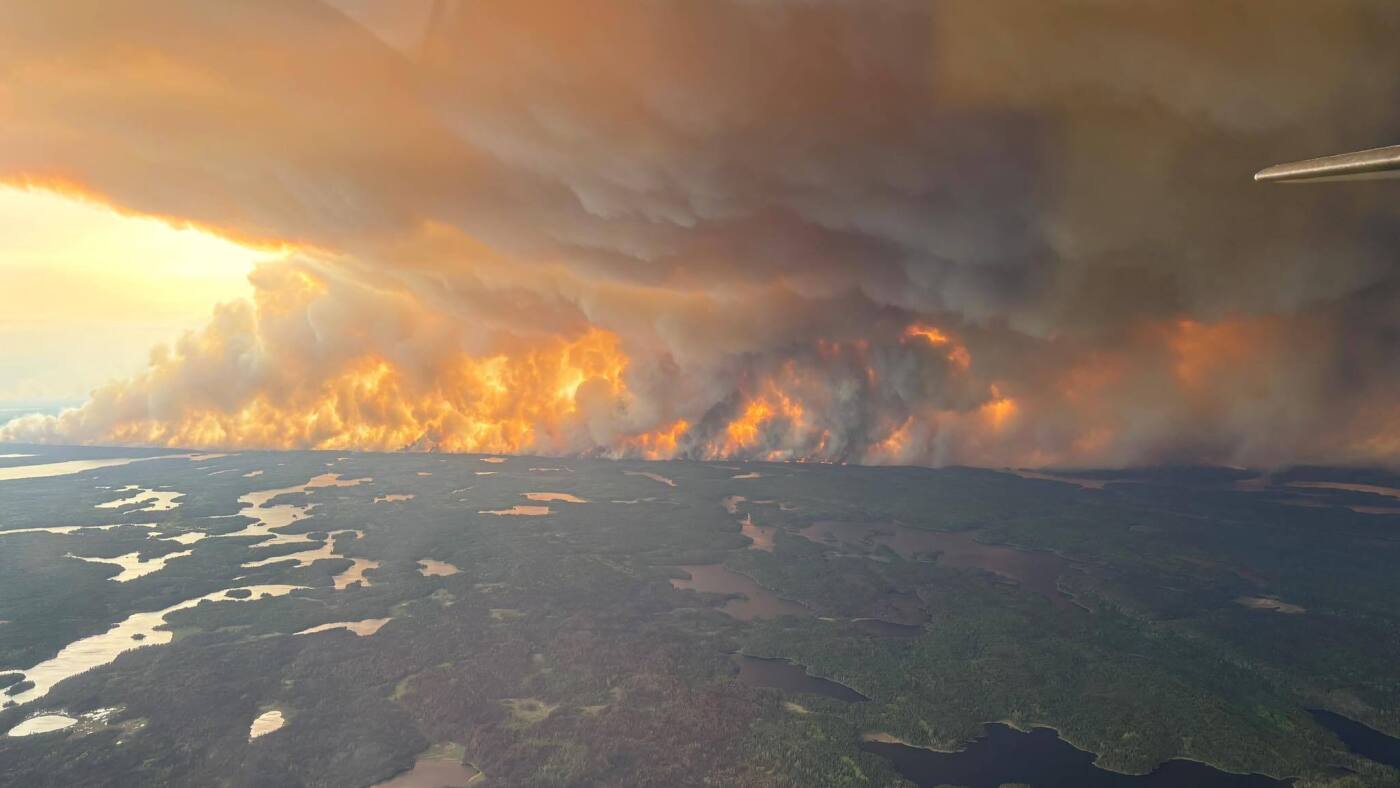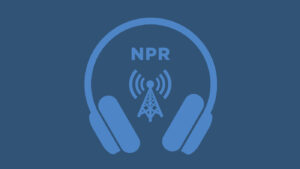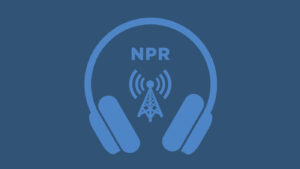Wildfire Smoke from Manitoba Spreads to U.S., Affecting Millions
Thick smoke from wildfires raging in Manitoba, Canada, is drifting into the United States, impacting air quality across several northern states. This environmental crisis has prompted a significant evacuation effort in Manitoba, affecting thousands of residents.
Manitoba’s Premier, Wab Kinew, declared a state of emergency due to the intensifying fires, stating, “With the wildfires in northern Manitoba intensifying, our government has triggered a provincewide state of emergency to help us through this crisis.” The emergency status is set for 30 days, with the possibility of extension.
The evacuation is reportedly the largest in recent memory, with 17,000 individuals forced to leave their homes. As the fires continue to blaze, smoke clouds are moving southward, affecting air quality in the Northern Plains and Midwest regions of the U.S.
States such as Wisconsin, Michigan, and Minnesota are experiencing significant smoke influx, leading to air quality alerts. These alerts, effective until the weekend, caution residents, particularly sensitive groups like children, the elderly, and those with respiratory conditions, about the deteriorating air quality.
Minnesota’s Pollution Control Agency has issued a statewide alert, predicting air quality will reach the “red” category, which poses risks to both sensitive populations and some of the general public. This alert is in place until Monday.
Recent research, including a study published in Epidemiology, highlights the health risks associated with wildfire smoke, indicating an increased incidence of cardiorespiratory issues such as hypertension and heart attacks persisting long after exposure.
This development comes as North America faces consecutive years of severe wildfire activity. Canada’s 2023 wildfire season was the most destructive on record, impacting all 13 provinces. Although 2024 saw a slight improvement, it still ranks among the worst wildfire seasons since 1995.
Both Canada and the U.S. are grappling with the ramifications of climate change, which has exacerbated the frequency and intensity of wildfires. Earlier this year, a devastating fire in Los Angeles claimed 29 lives and destroyed over 12,000 structures, showcasing the increasing threat posed by such natural disasters.
For additional details, see the full statements from [Wab Kinew](https://x.com/WabKinew/status/1927869105798865024) and the air quality alerts issued by the respective states [here](https://forecast.weather.gov/wwamap/wwatxtget.php?cwa=usa&wwa=Air%20Quality%20Alert).
This article was originally written by www.npr.org






Be First to Comment